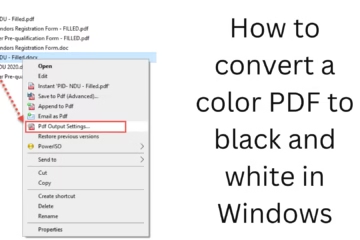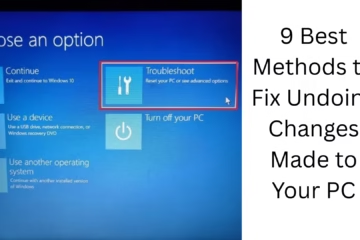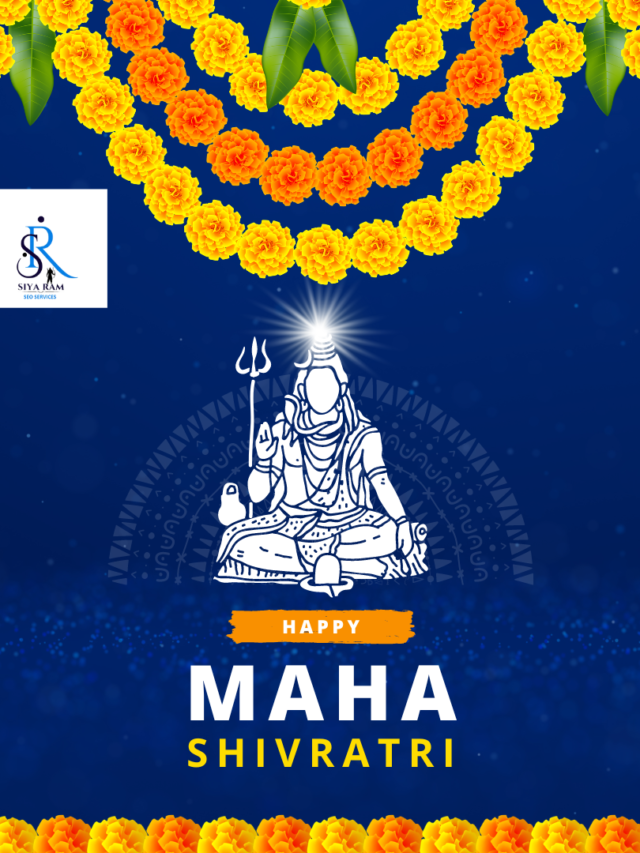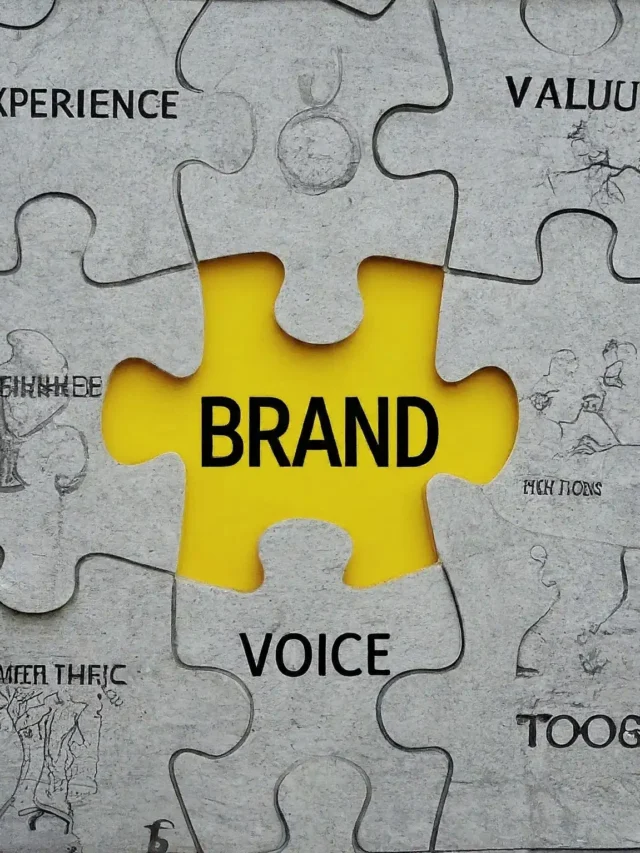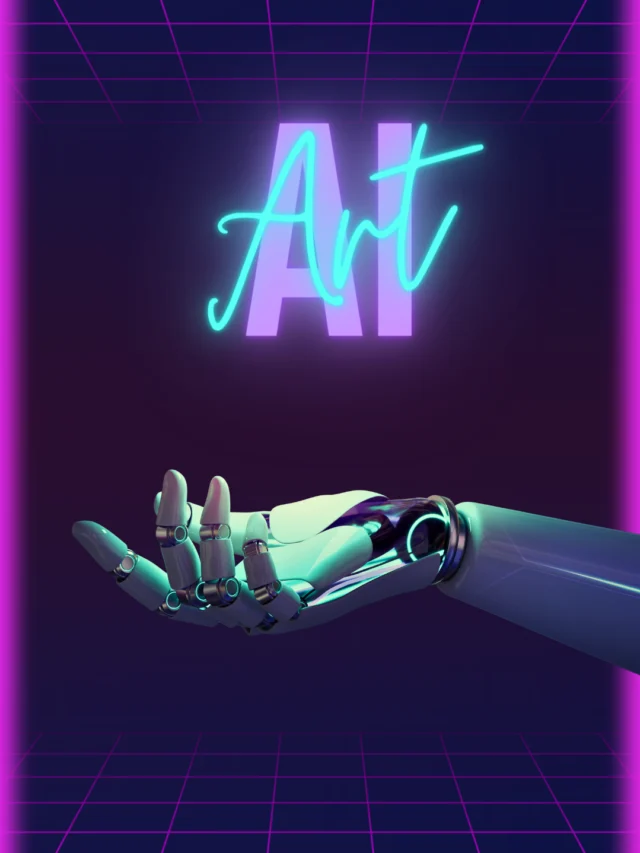Mortgage refinancing has become one of the most popular financial strategies for homeowners in the United States. With changing interest rates and evolving loan products, refinancing your mortgage in 2025 can help reduce monthly payments, lower interest costs, or access home equity.
This guide explains the best mortgage refinance options in the USA and how to choose the right one for your financial goals.
What Is Mortgage Refinancing?
Mortgage refinancing means replacing your existing home loan with a new one—usually with better terms. Homeowners refinance to secure lower interest rates, shorten loan terms, or switch from adjustable-rate to fixed-rate mortgages.
Benefits of Mortgage Refinance
Lower monthly mortgage payments
Reduced interest rate
Access to cash through home equity
Debt consolidation
Improved loan stability
Types of Mortgage Refinance Options
1. Rate-and-Term Refinance
This option allows homeowners to lower their interest rate or change loan duration without borrowing extra cash.
2. Cash-Out Refinance
A cash-out refinance lets you borrow against your home equity and receive cash for expenses like renovations or debt repayment.
3. FHA Streamline Refinance
Designed for FHA loan holders, this option offers minimal paperwork and faster approval.
4. VA Interest Rate Reduction Refinance Loan (IRRRL)
Available for eligible veterans, this program helps reduce interest rates with fewer requirements.
Best Mortgage Refinance Lenders in the USA (2025)
(Always compare rates before applying.)
How to Qualify for Mortgage Refinance
To qualify, lenders usually check:
Credit score (typically 620+)
Debt-to-income ratio
Home equity
Employment and income stability
Is Mortgage Refinancing Worth It in 2025?
Refinancing is worth it if the new interest rate is at least 0.5%–1% lower than your current rate or if it aligns with long-term financial goals.
Final Thoughts
Choosing the best mortgage refinance option in the USA can save thousands of dollars over the life of your loan. Always evaluate closing costs, interest rates, and break-even periods before refinancing.
Want to grow your website organically? Contact us now
Frequently Asked Questions (FAQ)
Q1. How much does mortgage refinancing cost?
Refinancing typically costs 2%–5% of the loan amount in closing fees.
Q2. Does refinancing hurt a credit score?
There may be a small temporary dip, but responsible payments can improve credit over time.
Q3. How long does refinancing take?
Most refinance processes take 30–45 days.
Q4. Can I refinance with bad credit?
Some programs allow refinancing with lower credit scores, but rates may be higher.


